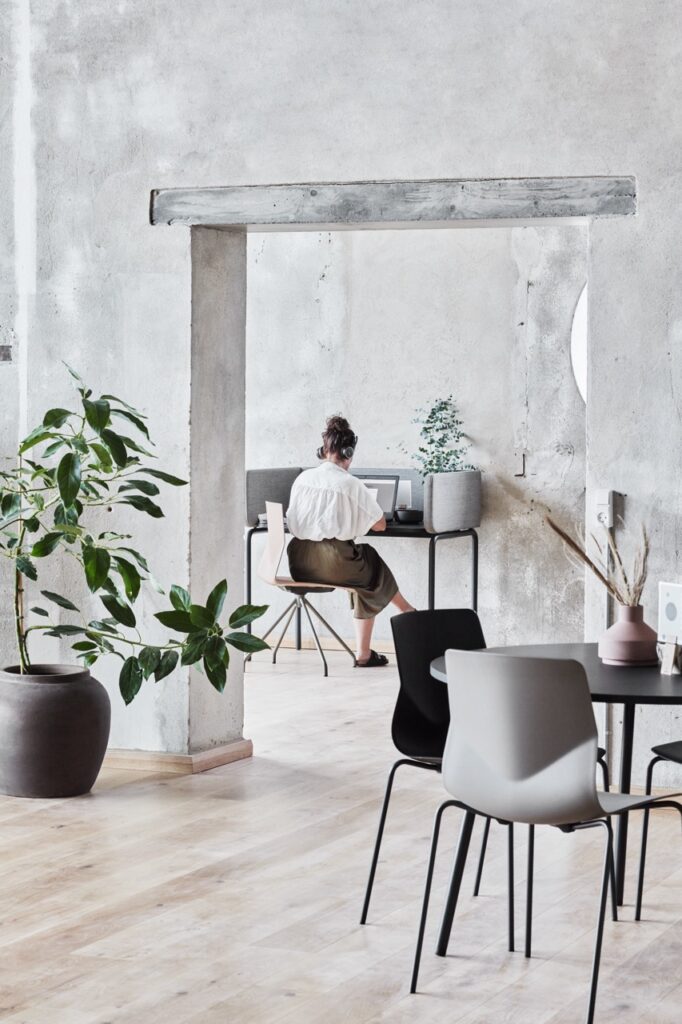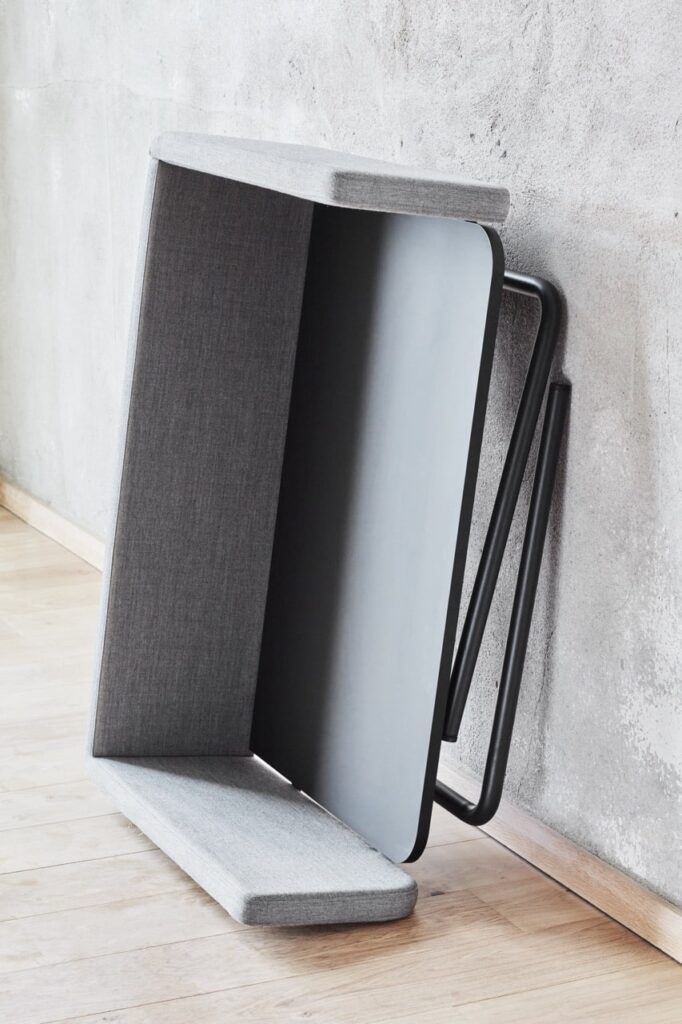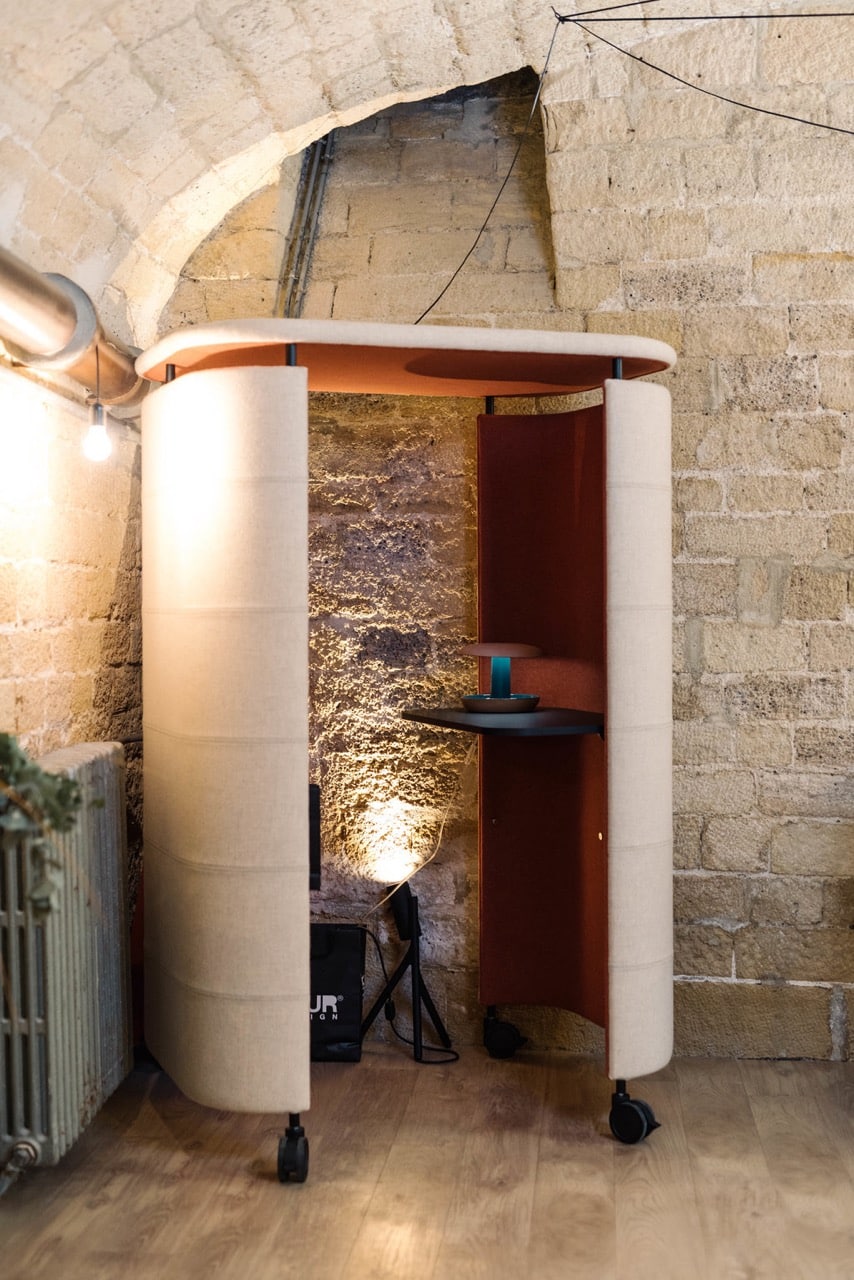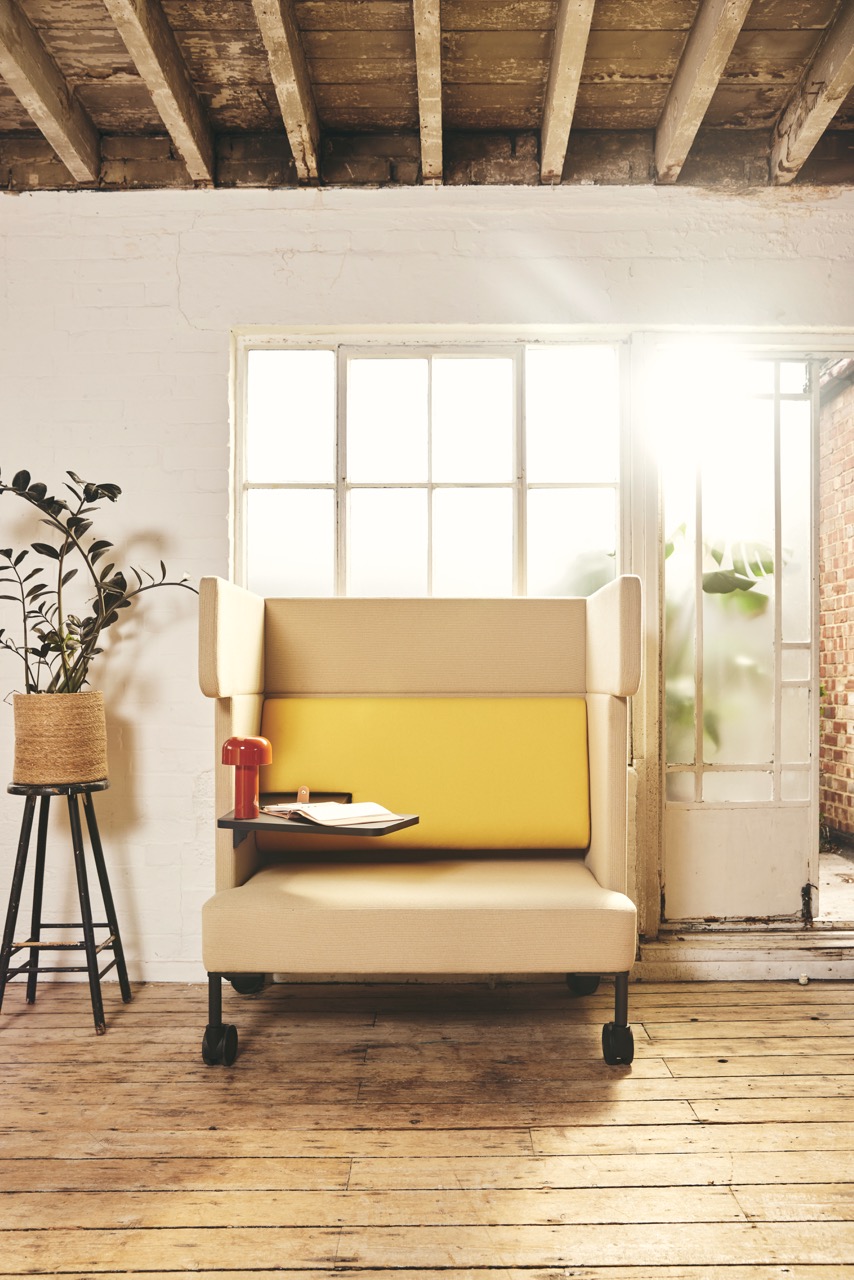Creating an inclusive classroom environment is essential to ensuring that every student, regardless of physical or cognitive ability, can thrive. One crucial element that often gets overlooked in discussions about inclusion is the role of accessible furniture in making learning environments comfortable and adaptable for all students. Thoughtfully designed furniture not only accommodates students with disabilities but also contributes to a better learning experience for everyone. This post will explore how inclusive furniture, such as adjustable desks, ergonomic seating, and sensory-friendly options, can transform educational spaces.
The Importance of Inclusive Furniture
Furniture in classrooms does more than provide a place to sit and work. It sets the foundation for how students interact with the learning environment and, ultimately, how they perform academically. Traditional one-size-fits-all furniture is often inadequate, especially for students with disabilities. Accessible furniture, on the other hand, adapts to ensure that every student, regardless of their physical or sensory needs, has an equal opportunity to learn and participate.
Accessible furniture plays a critical role in:
- Physical Comfort: Students spend hours sitting and working, so having furniture that adjusts to their size, height, and needs is vital to prevent discomfort or strain.
- Improved Concentration: By making students comfortable, accessible furniture can reduce distractions and allow students to focus more on learning.
- Boosting Confidence and Participation: When students feel that their needs are met, they are more likely to engage actively in class activities.
Adjustable Desks: Flexibility for All
One of the most significant advancements in inclusive furniture design is the introduction of adjustable desks. These desks can be easily customised to suit the height and positioning preferences of individual students. For students who use wheelchairs or have limited mobility, adjustable desks allow them to work at the same level as their peers, promoting a sense of belonging and inclusion.
These desks also benefit the general student population. Growing children can adjust the desk height as needed, avoiding issues like poor posture, which can lead to long-term health problems. The flexibility of adjustable desks makes them an ideal option for classrooms that prioritise inclusion.
Ergonomic Seating: Supporting Physical Health
Proper seating is essential for both physical and cognitive well-being. Ergonomic chairs support the natural curve of the spine, reducing the risk of back pain or discomfort during long periods of sitting. For students with disabilities, especially those with musculoskeletal issues, having access to ergonomic seating can significantly improve their comfort and concentration.
Features such as adjustable seat heights, backrests, and armrests make ergonomic chairs a versatile solution for classrooms. These features ensure that each student has the necessary support, regardless of their body size or ability. Additionally, providing such seating helps prevent fatigue, enabling students to maintain their focus throughout the day.
Sensory-Friendly Furniture: A Calmer Environment for Learning
Students with sensory sensitivities, such as those on the autism spectrum, can find traditional classrooms overwhelming. Sensory-friendly furniture offers a way to create a calming and manageable environment. This type of furniture is designed to reduce sensory input, such as noise, movement, and visual clutter, which can help students who are easily overstimulated to concentrate better.
For example, wobble stools and bean bag chairs allow students to subtly move without disrupting others, catering to their need for sensory input while maintaining focus. Additionally, sensory-friendly furniture often comes in soothing colours and textures that help reduce anxiety and create a more inviting space.
Mobile Solutions for Dynamic Classrooms
Modern classrooms are increasingly dynamic, requiring furniture that can adapt to different teaching styles and learning activities. The FourUs® Worx mobile worktable is a perfect example of how mobility and flexibility can enhance inclusivity in the classroom. This mobile table solution allows users to easily move and adjust it as needed, promoting flexible learning spaces that can quickly shift from individual to group work.
For students with disabilities, mobility is crucial, and the FourUs® Worx offers a practical solution. Whether it’s being repositioned to accommodate a wheelchair or moved to create more space for collaborative activities, this worktable ensures that the classroom remains a flexible, inclusive environment for all.


Creating Quiet Zones Within the Classroom
Inclusive classrooms also focus on creating spaces where collaboration and individual work can coexist comfortably. The Innopod® is an excellent tool for supporting students who need a quiet space to focus without requiring them to leave the classroom or move to another room. This versatile pod provides a secluded, distraction-free environment right within the classroom, allowing students to escape noise and activity while still remaining part of the learning space.
For students who benefit from sensory-friendly environments, the ability to retreat into a quiet, contained space like the Innopod® can reduce sensory overload and promote a calm, focused learning experience.

Another great option for creating personal, distraction-free workspaces, is the FourUs® Solo with InnoTab. This stylish office sofa offers students seeking solitude a comfortable and visually private space to concentrate on their tasks. With exceptional acoustic features, the FourUs® Solo enables students to find quiet zones within the classroom, promoting focused work or moments of relaxation without leaving the learning environment.
The optional castors on the FourUs® Solo offer flexibility in placement, allowing educators to easily reconfigure spaces to suit different activities. This adaptability makes it an ideal solution for supporting the diverse needs of all students, enhancing the inclusive atmosphere of the classroom.

The Future of Inclusive Classrooms
As education becomes more focused on diversity and inclusion, the need for accessible and inclusive furniture in classrooms will continue to grow. Designing learning spaces that cater to the physical and sensory needs of all students not only enhances academic performance but also fosters a sense of community where every student feels valued.
The implementation of inclusive furniture demonstrates a school’s commitment to accessibility and equality. By investing in adjustable desks, ergonomic seating, and sensory-friendly options, educators can create an environment where all students can succeed, regardless of their individual needs.
Embracing Inclusive Furniture
Inclusive classrooms are not just about curriculum and teaching methods—they are about creating an environment where all students can thrive. Accessible furniture is a vital part of this mission, ensuring that students with disabilities are provided with the tools they need to succeed. Adjustable desks, ergonomic seating, and sensory-friendly furniture are just some of the ways educators can enhance learning for everyone. By embracing inclusive furniture, schools can foster a more equitable and supportive learning environment, leading to better outcomes for all students.


